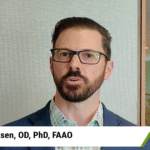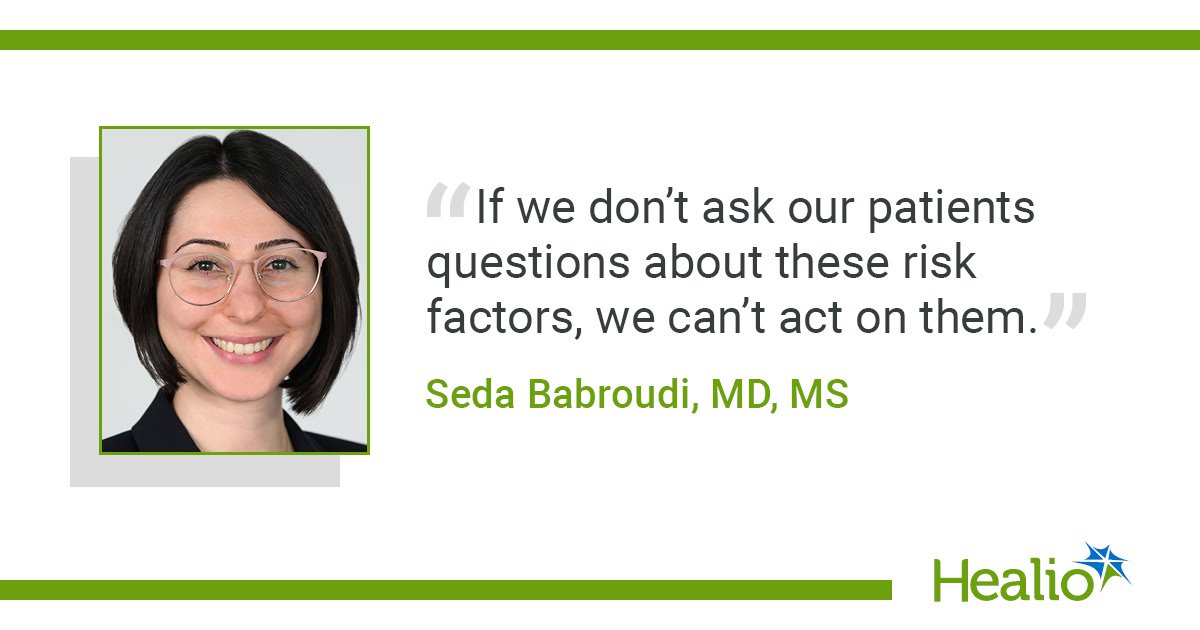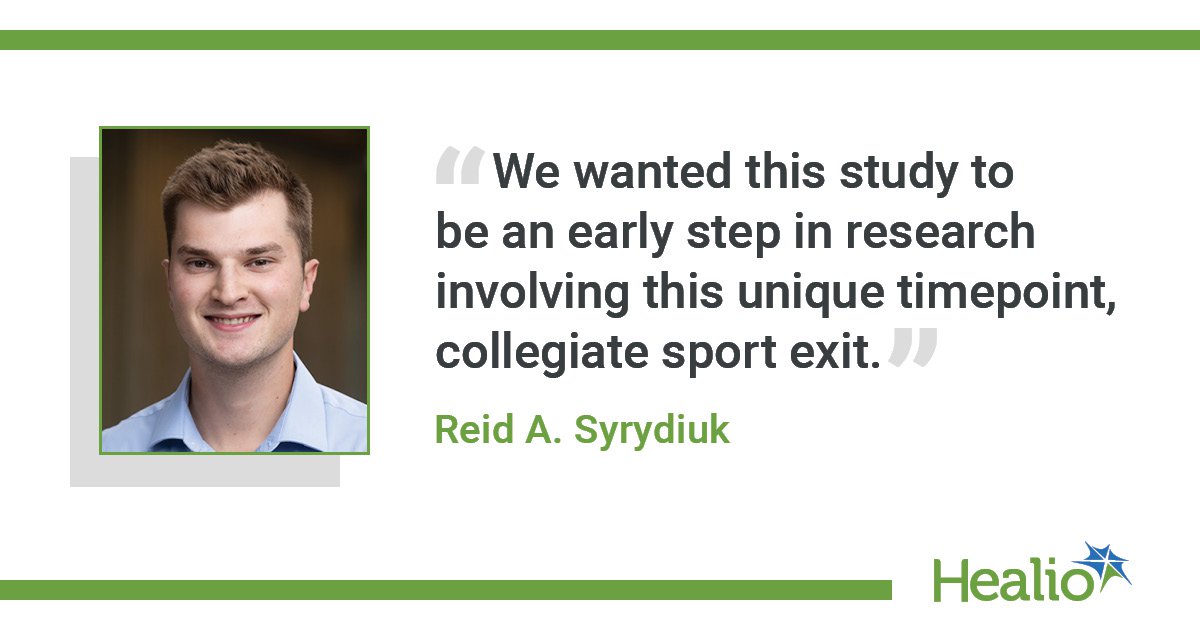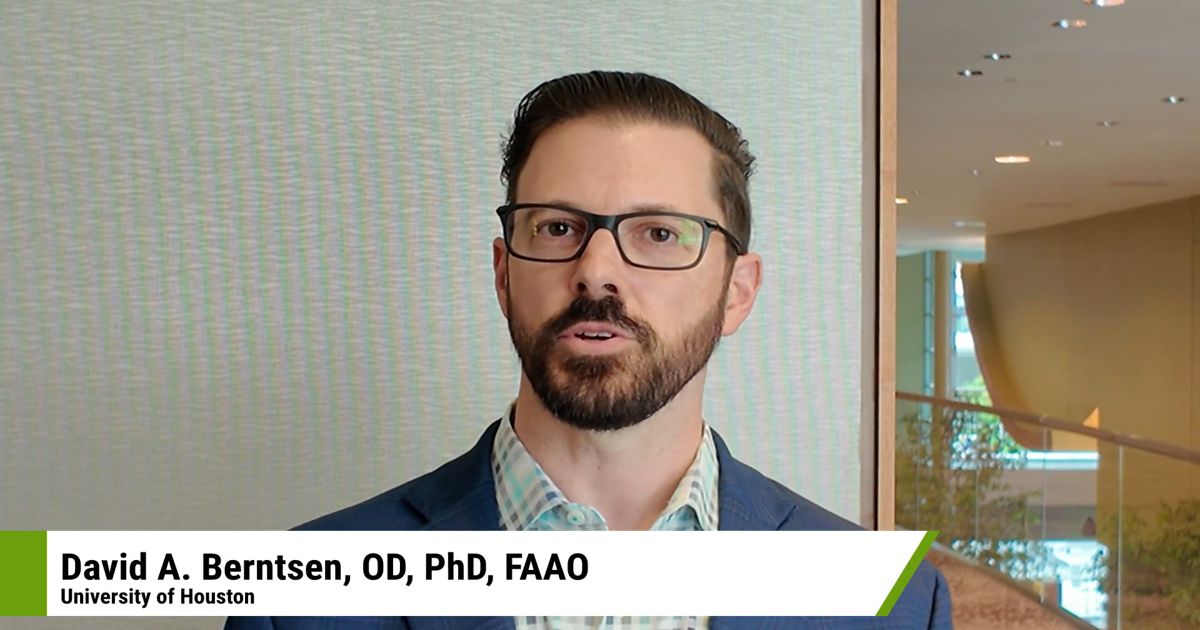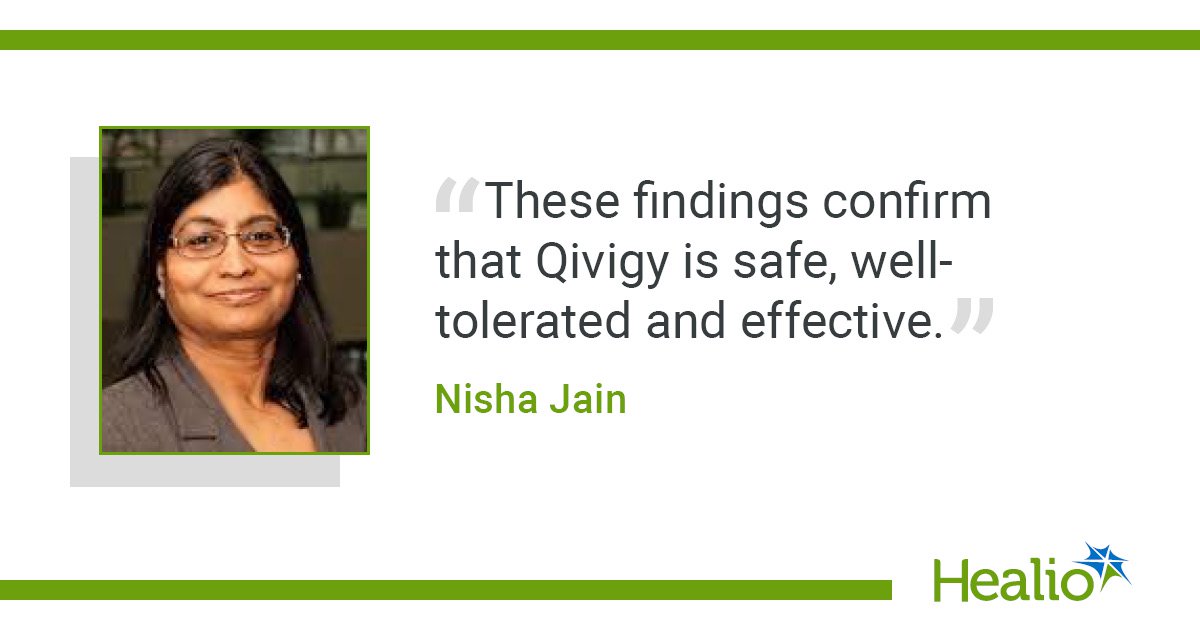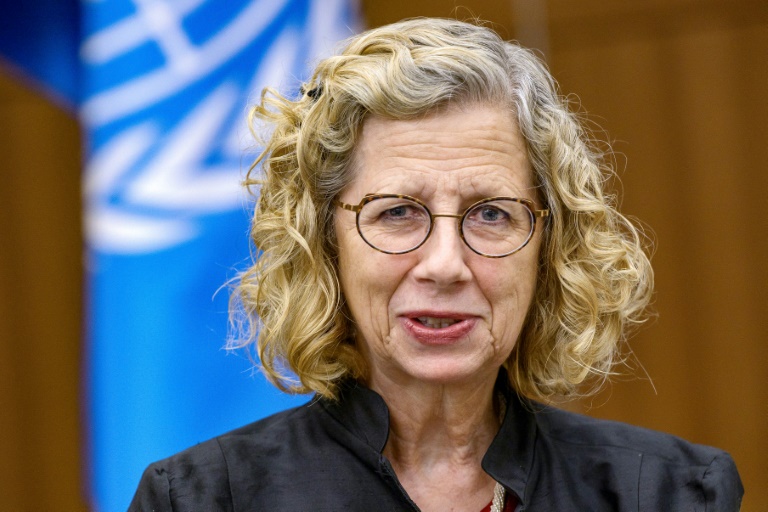October 09, 2025
4 min read
Key takeaways:
- Social determinants of health can impact receipt of follow-up AKI care.
- EMR can be leveraged to facilitate questions about social risk factors.
- Future research should examine risk factors at a larger scale.
Uninsured patients and those living in neighborhoods with greater socioeconomic deprivation had lower odds of receiving follow-up AKI care, according to study results published in Clinical Journal of the American Society of Nephrology.
These findings suggest that follow-up care for patients hospitalized with acute kidney injury is impacted by both individual- and neighborhood-level social determinants of health. Asking about these risk factors may help facilitate follow-up care for AKI, improve patient outcomes and potentially reduce health care expenditures, according to Seda Babroudi, MD, MS, a nephrologist in the William B. Schwartz Division of Nephrology of Tufts Medical Center.

As Healio previously reported, hospitalized patients with AKI experience a greater need for dialysis and higher mortality rates. Taking it a step further, Babroudi and colleagues sought to explore how social determinants of health could impact AKI follow-up care for patients after hospitalization.
“Most AKI research has focused on clinical factors about patients that cannot be changed, like diabetes or high blood pressure,” Babroudi told Healio. “Now, we’re starting to collect more information on how individual- and neighborhood-level risk factors affect patient health.”
The analysis included 13,392 adults hospitalized in the ICU with stage 2 or 3 AKI (median age, 56 years; 55% men; 60% white; 34% Black) between 2012 and 2023.
Researchers defined AKI follow-up after hospitalization, the study’s primary endpoint, as either a nephrology outpatient visit, serum creatinine measurement or urine protein measurement, within 3 months of hospital discharge. They measured social determinants of health using patient demographic data in the EHR and composite risk scores based on patients’ primary residence (eg, area deprivation index, which measures income, education, employment and housing conditions)
Data showed that within 3 months after hospitalization, 61% of adults received follow-up AKI care, including via serum creatine measurement (54%), urine protein measurement (31%) or a nephrology outpatient visit (5%).
Among patients who received follow-up care, 68% were readmitted into the hospital, 7% died and 2% started dialysis. Only 36% percent of patients received follow-up care before any other critical health events occurred.
After adjusting for demographics and comorbidities, patients had lower odds of receiving follow-up care if they were uninsured (adjusted OR = 0.77; 95% CI, 0.7-0.84) or living in neighborhoods with greater socioeconomic deprivation (aOR = 0.86; 95% CI, 0.81-0.92), greater rurality (aOR = 0.86; 95% CI, 0.81-0.92), greater segregation (aOR = 0.92; 95% CI, 0.87-0.98) and greater social vulnerability (aOR = 0.83; 95% CI, 0.77-0.89).
Healio spoke further with Babroudi about the study implications and why social determinants of health require greater attention and implementation in clinical workflow.
Healio: Why did you decide to do this research?
Babroudi: We know AKI is extremely common and that it associates with poor outcomes for hospitalized patients, with increased mortality and higher risk for progressive kidney diseases, kidney failure and cardiovascular events. It is important to capture these patients in the outpatient setting and follow-up within 90 days so we can reassess how they’re doing and make sure they’re on the right track. Some of the social risk factors that affect follow-up treatment may be modifiable through health policy changes.
Healio: Did any of the findings surprise you?
Babroudi: Unfortunately, the overall findings were not surprising. Those of us in clinical practice know that patients who have housing, food or financial insecurities or who aren’t insured have greater difficulties receiving care.
Healio: How can we bring more attention to social determinants of health?
Babroudi: The first thing we need to do is actually measure these social risk factors. If we don’t ask our patients questions about these risk factors, we can’t act on them. Although we may have some questions we want to ask about a patient’s specific health condition when they come in, it’s important for us to ask if their other basic needs are being met. Beyond that, mitigating risks focuses less on the patient-clinician level and more on health policy and systemic changes. Fortunately, there are a lot of resources available, including validated screening tools. One example is The Accountable Health Communities Health-Related Social Needs Screening Tool (https://www.cms.gov/priorities/innovation/files/worksheets/ahcm-screeningtool.pdf). Incorporating them into our current practice or in electronic health records can be a reminder and prompt us to ask these questions.
Healio: How can recent advancements in health care, such as telehealth, play a role in improving follow-up AKI care?
Babroudi: Although telehealth came out in the unfortunate wake of the COVID-19 pandemic, we should continue to keep using it and other modalities for providing care.
All patients included in the study were hospitalized in an urban center, but the patients themselves may have lived in an area considered more rural. When we looked at how rurality is associated with follow-up, unsurprisingly, people who lived in more rural areas are less likely to receive follow-up AKI care. Having ways to continue engaging with patients who live rural areas is valuable.
Those individuals responsible for health policy and insurance coverage need to know the negative effects of living far from care and support the use of innovative systems, such as telehealth.
Healio: What would you like to see in future research?
Babroudi: For future research, the next step is twofold. First, we want to see if these social risk factors are present in other areas of the country. Then, if a patient has these negative social risk factors and doesn’t receive follow-up, will they have higher rates of cardiovascular events, mortality or rehospitalization? Linking our findings to slightly longer-term outcomes are important for patients and for health policy. We don’t want to overinterpret our findings and jump to conclusions before studying this in more detail. Then, if our findings do persist across the country, that information can be brought to lawmakers and policymakers to highlight how this is a national issue.
Healio: Do you have anything else to add?
Babroudi: I think clinicians sometimes feel there’s a bit of activation energy to incorporate questions about social determinants of health into their routine. However, when we look at this from a 10,000-foot view, the whole point is to improve patient health and save costs. Ultimately, asking these questions may provide long-term benefits for patients with AKI.
Additionally, I think it’s important to distinguish efforts relating to social determinants of health from things like diversity, equity and inclusion, because that’s a totally separate issue. Our focus on social factors can help better address health complications associated with things like housing insecurity or unemployment that affect everyone irrespective of race.
For more information:
Seda Babroudi, MD, MS, can be reached at seda.babroudi@tuftsmedicine.org.





